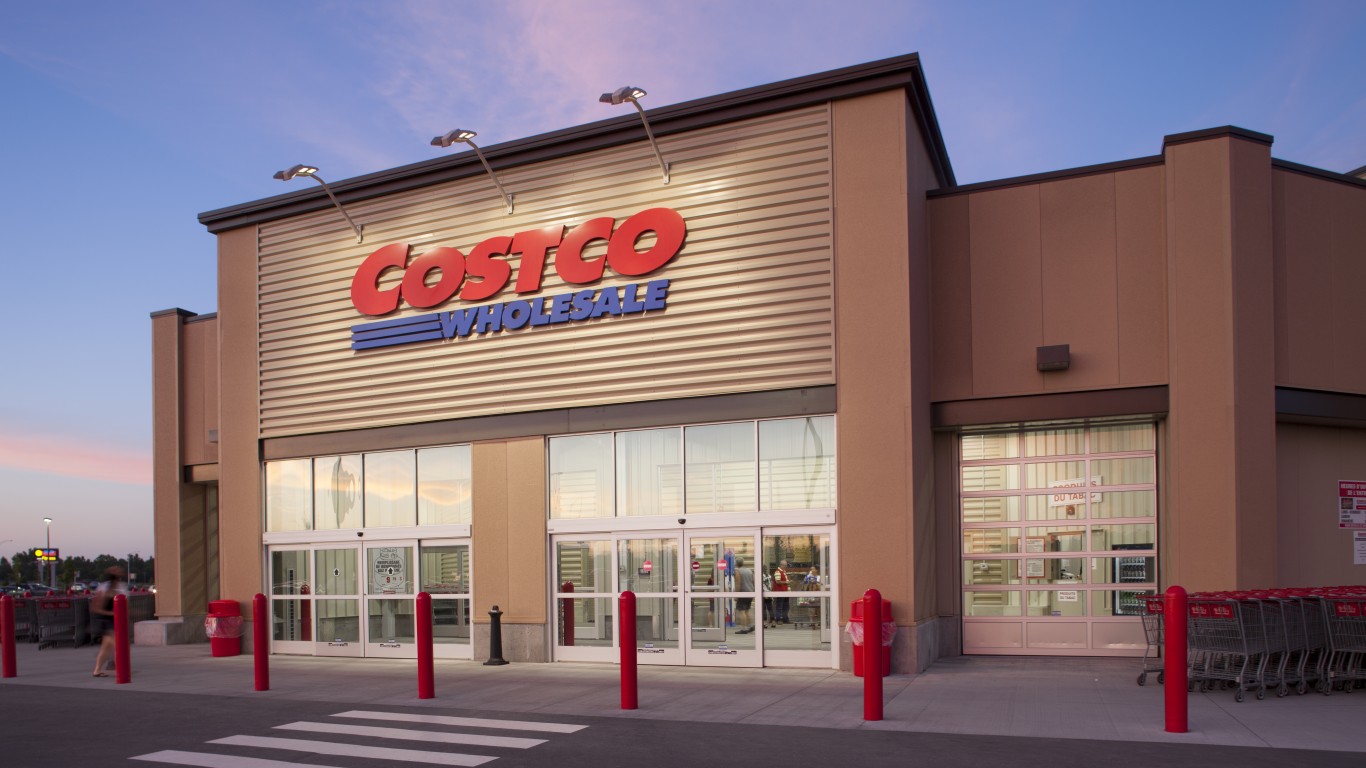
The Bureau of Labor Statistics has released its consumer price index for May. The inflation rate was benign, based on the figures several months ago. Inflation compared to May of last year rose 4%. The number was closer to 8% at the start of the year. The Federal Reserve target is 2%, although many economists believe a rate that low is tough to attain.
The price of one item spiked sharply last month. Motor vehicle insurance, a category rarely discussed, posted an increase of 17.1% compared to the same month in 2023.
Bankrate reports that the average cost to insure a car for a year has reached $2,000. The median income of an American household is $68,000, and probably $48,000 after taxes. That means car insurance is a significant part of family expenses. (These states have the most expensive car insurance.)
According to The New York Times, car insurance rates have risen primarily for two reasons. The first is that the cost of parts and labor has risen sharply. Parts expenses are caused by supply chain trouble in many cases. The New York Times article quoted Stephen Crewdson, a senior director of insurance business intelligence at consumer research company J.D. Power: ”Everything associated with repairing is going up.”
Also, many insurers let customers rent a replacement vehicle when cars are in the shop for long periods. Used car prices have moved much higher. That price is transferred to the insurance company.
Some of the categories in the consumer price index are “hidden costs.” They are not usually considered parts of daily life. Some of those that have affected the index in recent months are travel and eggs. They are rarely mentioned in casual conversation with things like the price of gas, mortgages or clothing.
Motor vehicle insurance is among those hidden costs and can be a meaningful cost of many household budgets, from time to time.
It’s Your Money, Your Future—Own It (sponsor)
Are you ahead, or behind on retirement? For families with more than $500,000 saved for retirement, finding a financial advisor who puts your interest first can be the difference, and today it’s easier than ever. SmartAsset’s free tool matches you with up to three fiduciary financial advisors who serve your area in minutes. Each advisor has been carefully vetted and must act in your best interests. Start your search now.
If you’ve saved and built a substantial nest egg for you and your family, don’t delay; get started right here and help your retirement dreams become a retirement reality.
Thank you for reading! Have some feedback for us?
Contact the 24/7 Wall St. editorial team.
 24/7 Wall St.
24/7 Wall St.

